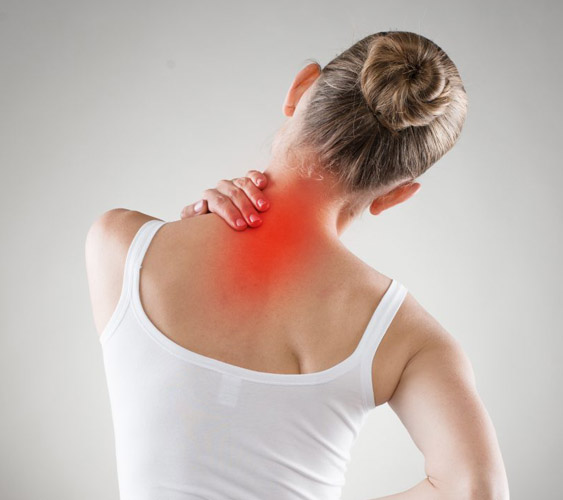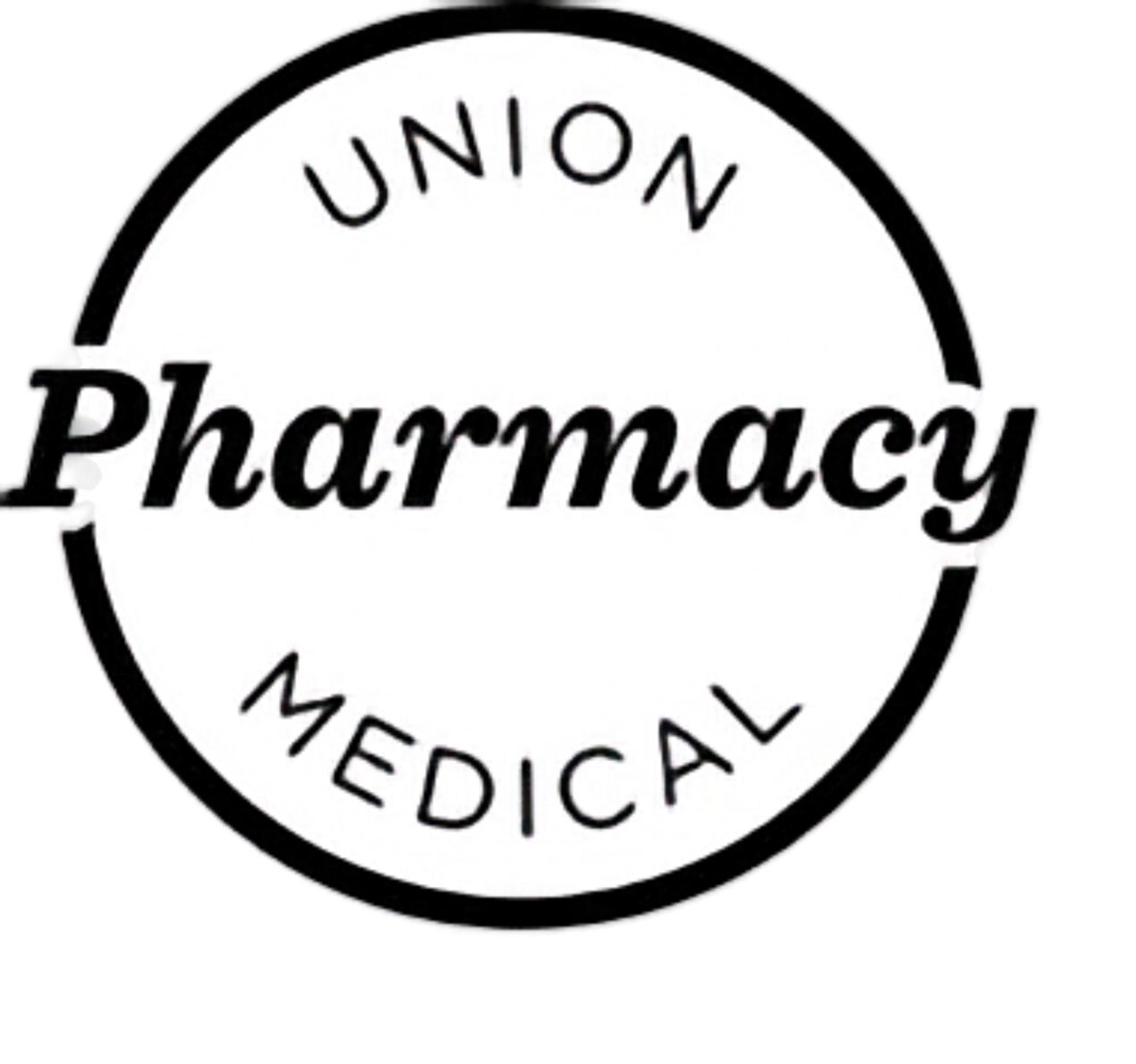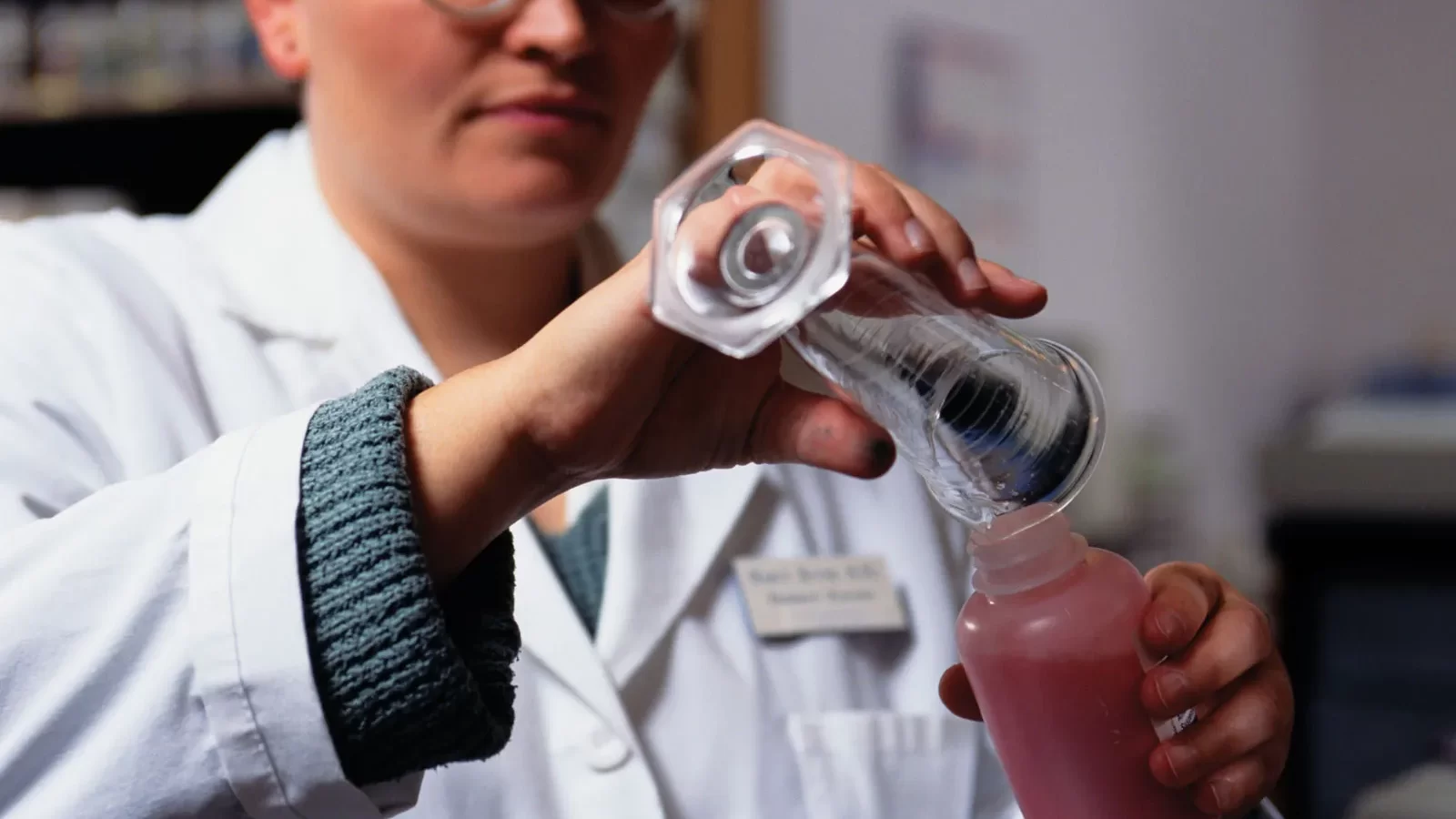In 2015, the NIH estimated that nearly 40 million adults (17.6%) in the United States experienced severe levels of pain, with 25.3 million adults (11.2%) having pain every day for the preceding three months. While there is a pain epidemic in the US, there is also an epidemic of drug addiction and opioid abuse. According to the CDC, every day approximately 1,000 people are treated for misuse of opioid medications, and drug overdoses have surpassed motor vehicle crashes as the major cause of unintentional death in the U.S.

The costs of prescription opioid abuse have been estimated to be over $55 billion (about $170 per person in the US) in the U.S. alone, accounting for lost work productivity, health care costs and criminal justice costs. A meta-analysis (published in the BMJ) of data on 446,763 Canadian and European patients, suggested that oral NSAID use for more than one week increases the risk of myocardial infarction, and that higher doses corresponded with greater risk.
For this reason, there is a need for pain medications that are an alternative to traditional opioids and oral NSAIDs. The benefits of topical administration of pain medication using penetration-enhancing bases includes convenience and ease of administration, improved patient compliance, and allowing for less-frequent dosing. As a result, the use of compounded permeation-enhancing pain medications may be considered a viable alternative to oral and opioid pain therapies in many patients.
Request formulation information for scar reducing compounds be sent to your prescriber
*Note – UMP will only send prescription formulation information to valid prescribers.

